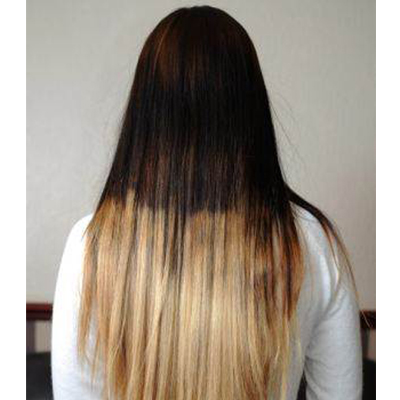3 Client-Customizable Tips to Prevent Color Fails!
Not all of your clients’ hair is the same, so their treatments shouldn’t be, either! Some have fine, thin tresses, others thick, heavy locks. Some are brand new to coloring, while others have chemically-abused hair beyond repair. Here are three more color fail-preventing tips to consider to avoid dye disasters.
1. Consider Texture
Here’s a major factor to take into consideration to ensure your painstakingly mixed formulas process correctly: hair’s texture. “Manufacturers base their development timing guidelines on average hair textures,” says Haircolor Expert James Jordan. “Fine hair lifts faster, while coarse is slower.” So if you have a client whose hair is barely there, watch it carefully to make sure you don’t end up erasing too much natural pigment. For thicker locks, practice patience. You might have to leave color on longer to get the end result your client wants.
2. Assess Her Hair History
Coloring back to natural hair can sometimes be a challenge. In situations like this, try to get the client to review her hair history with you. Go back a year if you can. It’s easier to figure out how many visits it will take to do the correction if you know what has been on the hair previously,” says haircolor expert Rowena Cutrozzola.
3. Learn Her Limits
If you apply color to severely compromised hair, you’ll never get the results you want. Before taking on a particularly difficult color job on a client who has already damaged her locks, Rowena recommends the “sink or swim” test. It will tell you how tresses will respond to further exposure to chemicals. Put 2 ounces of 20-volume developer in a beaker or bowl. Add a single strand of the client’s hair. If the liquid foams up around the hair, turns green or purple or if the strand sinks to the bottom, forget it—the hair can’t take any more chemicals.








